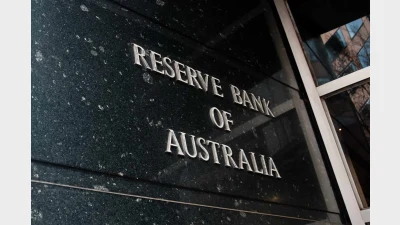AIST calls for legislative simplicity on super
The Australian Institute of Superannuation Trustees (AIST) has called for a simplification of the legislative and regulatory environment covering superannuation and its consolidation under one Act, preferably the Superannuation Industry (Supervision) Act (SIS Act).
In its submission to the Cooper Review, the AIST said that in the event that the current legislative structure covering superannuation was maintained, then there would be merit in amending Chapter 7 of the Corporations Act 2001 to be reorientated to a specific superannuation perspective.
It said this would not only reduce complexity and costs for funds, but would permit a more communicative and educative approach to funds’ disclosure of materials and activities.
Elsewhere in its submission, the AIST also called for joint sponsorship of front-office reporting and statistics collection by the Australian Prudential Regulation Authority (APRA) and the Australian Securities and Investments Commission (ASIC).
As well, it called for the transfer of the regulation of self-managed superannuation funds (SMSFs) to APRA.
The submission also strongly argues that the trustee structure of all default funds be modelled on that of not-for-profit funds.
Recommended for you
Superannuation funds have posted another year of strong returns, but this time, the gains weren’t powered solely by Silicon Valley.
Australia’s $4.1 trillion superannuation system is doing more than funding retirements – it’s quietly fuelling the nation’s productivity, lifting GDP, and adding thousands to workers’ pay packets, according to new analysis from the Association of Superannuation Funds of Australia (ASFA).
Large superannuation accounts may need to find funds outside their accounts or take the extreme step of selling non-liquid assets under the proposed $3 million super tax legislation, according to new analysis from ANU.
Economists have been left scrambling to recalibrate after the Reserve Bank wrong-footed markets on Tuesday, holding the cash rate steady despite widespread expectations of a cut.









